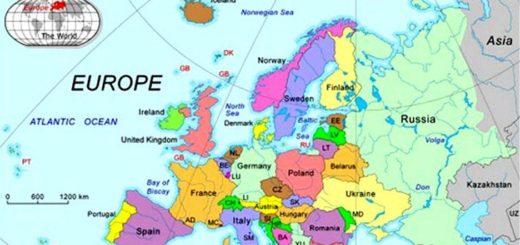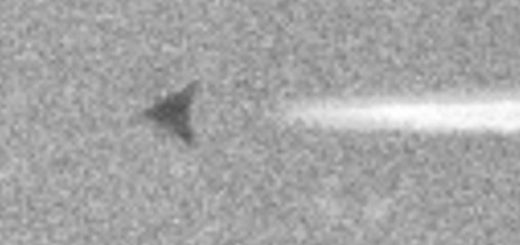What Caused The Sudden Climate Change 12,900 Years Ago?
– About 12,900 years ago “something” caused a sudden climate change. Temperatures rapidly plummeted and returned to glacial conditions for about a 1,200 year long period.
Scientists now think they have found evidence what trigged rapid climate change and answer can be found in North America.

Prior to the Younger Dryas, the climate had gradually warmed from glacial conditions to near modern temperatures, and the massive ice sheets in North America were in full retreat. Then the climate changed and returned to glacial conditions for about a 1200 year long period. During this period, mammoths and mastodons became extinct in North America.
Scientists have released two papers that refute the hypothesis that one or more comets/bolides struck North America approximately 12,900 years ago triggering rapid climate change.
One is the report of elevated concentrations of nanometer-sized diamonds in sediments deposited at the onset of the Younger Dryas.
It is claimed that these diamonds were formed during an impact. The other is the interpretation that paleofire evidence at a key archaeological site demonstrates massive wildfires at the beginning of the Younger Dryas. It is claimed that the impact caused wildfires that spanned the continent.
Each paper shows that the evidence and interpretations supporting these two lines of arguments do not stack up. “Impact proponents report the rare form of diamond, lonsdaleite, that is usually associated with shock processing; however, we show that they misidentified polycrystalline aggregates of graphene and graphane as lonsdaleite,” said Dr. Tyrone Daulton, lead author of one of the papers.
“Further, we show that the nanodiamond concentration measurements reported by impact proponents are critically flawed. There is no evidence for a spike in the nanodiamond concentration at the onset of the Younger Dryas to suggest that an impact event occurred.”
Prof. Andrew Scott, lead author of the second paper said, “The idea of a Younger Dryas impact was an interesting one that has drawn much attention; however, increasingly methodological research over the past few years has failed to corroborate that story.
Our research has shown that many of the markers for such an event have been misinterpreted or misidentified.”



 Creators of mankind
Creators of mankind Description of “Tall white aliens”
Description of “Tall white aliens” Where they came from?
Where they came from? About hostile civilizations
About hostile civilizations The war for the Earth
The war for the Earth “Tall white aliens” about eternal life
“Tall white aliens” about eternal life Video: “Nordic aliens”
Video: “Nordic aliens” Aliens
Aliens Alien encounters
Alien encounters The aliens base
The aliens base UFO
UFO Technology UFO
Technology UFO Underground civilization
Underground civilization Ancient alien artifacts
Ancient alien artifacts Military and UFO
Military and UFO Mysteries and hypotheses
Mysteries and hypotheses Scientific facts
Scientific facts


















